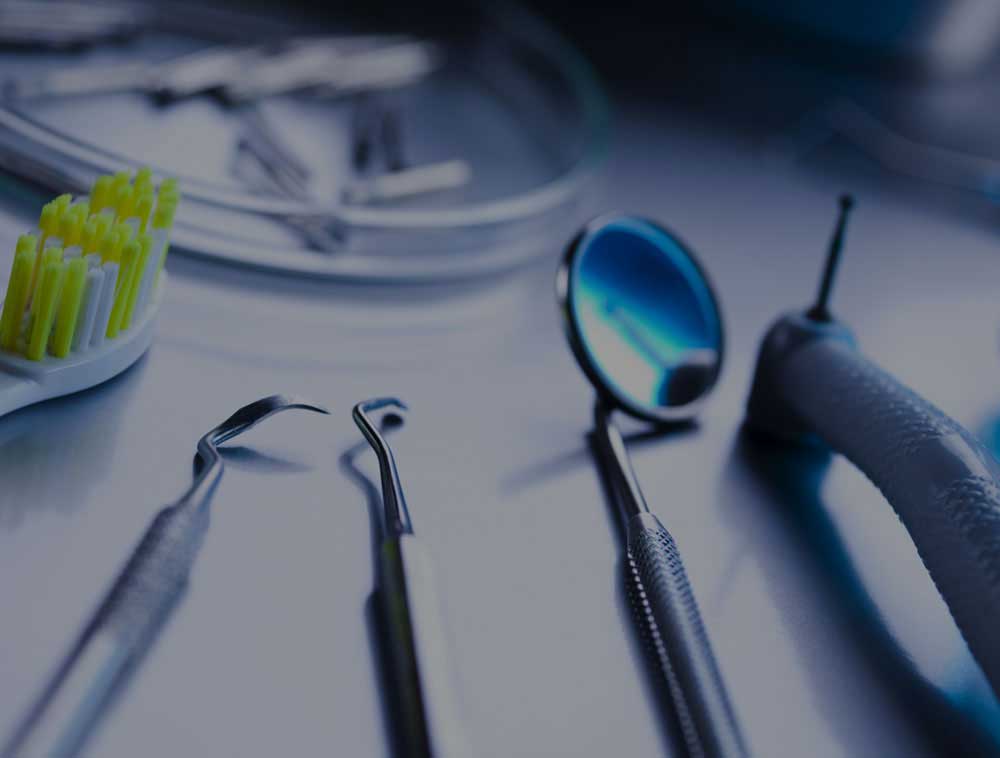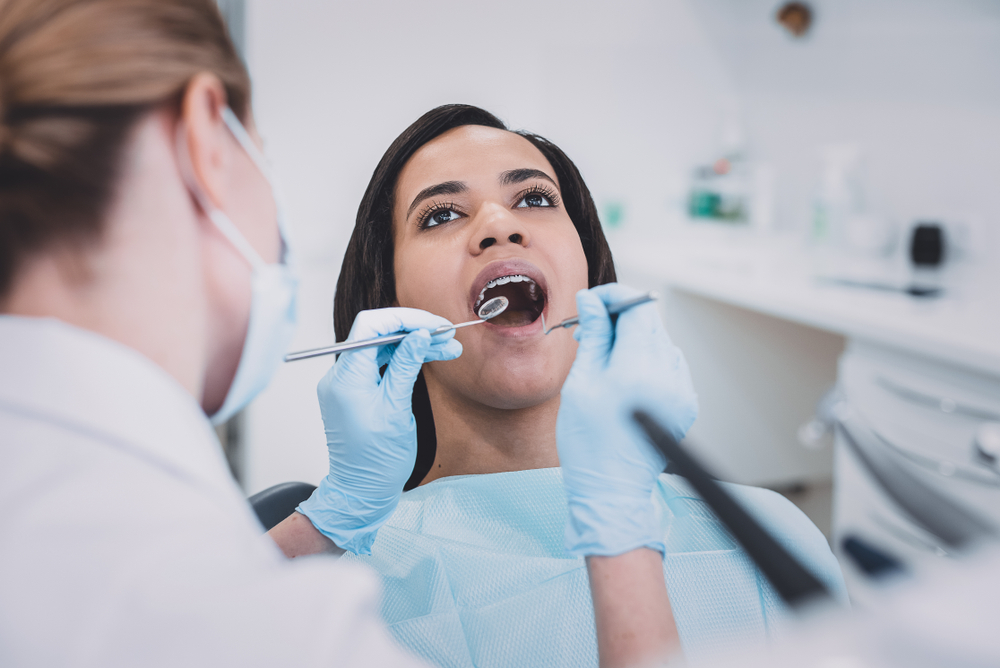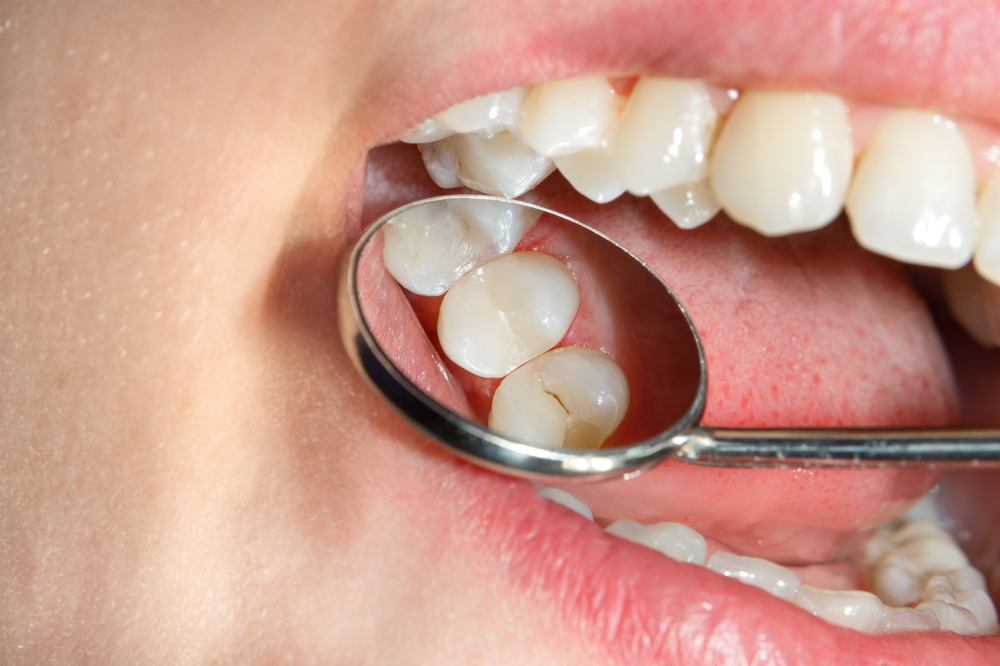Dental Tools and Techniques Used During Teeth Cleanings in Henderson, NV
How Dentists Clean Your Teeth
Dental cleanings play a crucial role in maintaining oral health by preventing cavities, gum disease, and bad breath. This process involves the removal of plaque, tartar, and other debris from the teeth and gums. Both dentists and dental hygienists utilize a variety of tools and techniques to ensure a thorough and effective cleaning.
Our Henderson, NV dental professionals offer insights into the dental tools and instruments used during teeth cleanings, along with the different techniques applied. Call (702) 896-8933 to learn more.
Tools and Techniques Used for Dental Cleanings
Scaling and Root Planing
Scaling and root planing are two widely used techniques for removing plaque and tartar from teeth and gums. Scaling focuses on eliminating plaque and tartar buildup above the gum line, while root planing smooths the rough surfaces on the tooth roots to prevent further plaque accumulation.
These procedures are often recommended for individuals with early-stage gum disease, as they can reverse its effects in most cases.
Polishing Tool
Polishing involves smoothing and shining the teeth’s surfaces post-scaling and root planing. Using a polishing tool, your dentist will polish the teeth after removing plaque and tartar. This process makes it more challenging for plaque and tartar to form and accumulate, thereby helping to prevent tooth decay and gum disease.
Dental Explorer
A dental explorer is frequently used during oral exams to detect tooth decay, gum disease, and other oral health issues. It is a thin, sharp, pointed tool with a flexible, angled tip that enables the dentist or dental hygienist to reach and examine areas that are difficult to see or access.
During an exam, the dentist or dental hygienist will use the explorer to gently probe the teeth and gums for any signs of decay or disease, as well as to check the depth of any cavities or gum pockets.
Dental Scaler
A dental scaler is employed to remove plaque and tartar from the teeth. Its hooked end allows it to reach beneath the gumline to remove debris that brushing and flossing cannot.
Dental scalers come in various shapes and sizes to accommodate different areas of the mouth and teeth. Typically made of stainless steel, they are sterilized before and after each use to prevent infection spread.
During a dental cleaning, the dental hygienist uses a scaler to remove hard deposits of plaque and tartar from the teeth, employing the pointed or curved tip to scrape away buildup from the tooth surface and gumline.
Ultrasonic Scaler
An ultrasonic scaler is a dental tool that uses high-frequency vibrations to remove plaque and tartar. This tool is faster and more efficient than manual scaling, reducing the time required for cleaning.
Dental Mirrors
Dental mirrors are used in dentistry to help dentists and dental hygienists visualize areas of the mouth that are difficult to see with the naked eye. These small, handheld mirrors with angled heads and long handles allow for a better view of teeth and gums, aiding in the detection of problems or abnormalities and enabling accurate diagnosis.
Curette
A curette is a curved tool used by dental professionals to remove plaque and tartar from below the gum line. Its sharp, hook-like tip allows for the scraping away of buildup from the roots of the teeth, essential for preventing gum disease and maintaining healthy gums. Using a curette during a dental cleaning can remove buildup unreachable through regular brushing and flossing.
Suction Device
A suction device, also known as a dental suction or saliva ejector, is used to remove saliva, water, and debris during dental procedures. This small, handheld device consists of a soft, flexible tube with a suction tip at the end.
The suction device is inserted into the patient’s mouth, and the suction tip is positioned near the area being worked on. The dentist or dental hygienist uses it to remove saliva and other fluids, as well as debris or particles generated during the procedure.
Suction devices come in various sizes and shapes for different mouth and teeth areas. They are usually connected to a vacuum system, providing strong yet gentle suction that does not harm the mouth or teeth.
Using a suction device is crucial for maintaining a dry and clean environment during dental procedures, ensuring better visibility and accuracy for the dentist or dental hygienist.
Dental Floss

Dentists recommend flossing at least once a day to maintain good oral hygiene. During a dental cleaning, your dentist or dental hygienist may demonstrate the proper flossing technique to ensure it is done correctly at home.
Water Syringe
A water syringe is used to rinse the mouth during and after cleaning. This dental syringe helps remove any remaining debris, leaving the teeth feeling clean and fresh. Water syringes are especially useful for individuals with braces or other dental appliances that trap food particles, making cleaning more challenging. It’s common to use a water syringe during a dental cleaning to ensure thorough cleaning of all areas of the tongue and mouth.
X-Rays
X-rays are essential in dental cleaning, as they can penetrate tissues and reveal hidden problems not visible to the naked eye. By using X-rays, dentists can detect cavities, bone loss, and other dental issues early, allowing for effective treatment before problems worsen.
X-rays are safe and painless, making them a valuable diagnostic tool for both dentists and patients. With X-rays, dentists can provide comprehensive oral care and ensure a healthy and happy smile.
Frequently Asked Questions
Water syringes are generally safe for individuals with sensitive teeth. However, discussing any concerns or potential issues with your dentist or dental hygienist before using one is advisable. They can guide the best way to use the syringe and any necessary precautions.
The proper dental floss technique involves wrapping the floss around your fingers and gently sliding it between each tooth, avoiding snapping it against the gums. Once between the teeth, curve the floss around each tooth in a C-shape and move it up and down to remove plaque or food particles. Repeat this process for each tooth, using a fresh section of floss for each.
Yes, taking a pain reliever before a dental cleaning appointment is common for added comfort. However, it’s essential to consult your dentist before taking any medication, especially if you have allergies or medical conditions. They may offer alternative options to enhance comfort, such as numbing gels or sedation.
Check Out Our Easy and Effective Dental Tools and Techniques!
With our dental tools and techniques during a dental cleaning, we ensure a thorough and effective cleaning. Take the first step towards a healthy smile by calling our Henderson dental office at (702) 896-8933 to schedule an appointment. Our Henderson, NV, office welcomes new and returning patients from Paradise, Boulder City, and Las Vegas.


